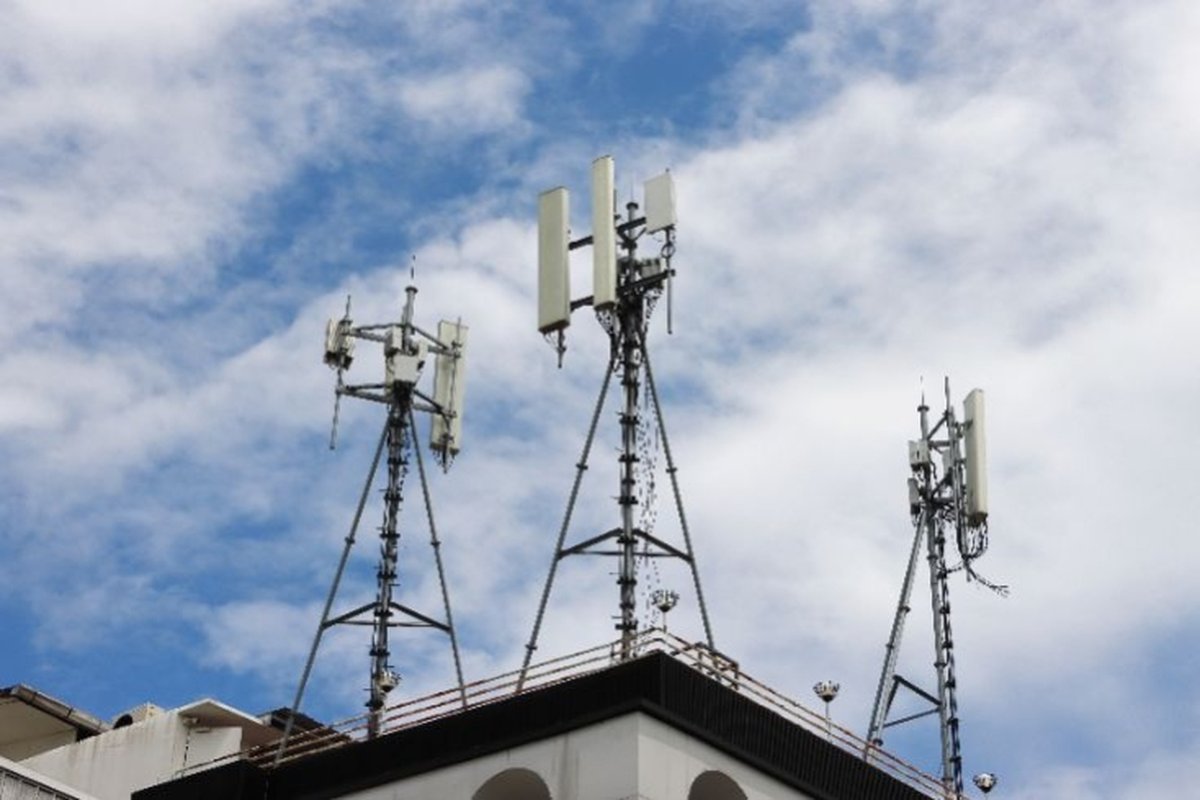
Nextivity CEL-FI and SHIELD products revolutionize in-building connectivity by digitally distributing cellular and first responder radio signals and power (PoE) using cost-effective, lossless category cabling. This approach eliminates the inefficiencies, planning complexities, and performance limitations of traditional coaxial RF amplifiers. But installing equipment anywhere in a building sometimes requires category cabling in excess of the 100-meter TIA cable limit. Cat 6A cable, often the preferred choice when wiring buildings, was found to be less tolerant to these longer lengths than Cat 6.
Nextivity collaborated with Leviton on a rigorous series of tests of cable performance to attempt to identify the underlying factors affecting Cat 6A cable performance at longer lengths. The insights gained from testing were applied to the existing TIA guidelines to develop a recommended approach to cabling that is TIA compliant and ensures seamless performance with Nextivity products and similar network systems.
This paper highlights a groundbreaking collaboration between Nextivity and Leviton to push Cat 6A cable lengths beyond the conventional 100-meter TIA-568 limit while ensuring TIA compliance and seamless performance with Nextivity and similar network systems.
This collaboration enables:
The collaboration between Nextivity and Leviton resulted in a verified maximum cable length of 150 meters using Leviton SST Cat 6A cable (a 50% improvement) while maintaining TIA compliance, when used with Nextivity systems. This breakthrough not only enables longer cable runs and cost efficiencies, but also allows Leviton to offer a 25-year application assurance warranty for extended distance links up to 150 meters when using the ATLAS-X1™ SST MILLENNIUM™ System.
Cat 6A cable is often preferred over Cat 6 for installations where performance and network future-proofing are important. But the performance benefits of Cat 6A might not be as straightforward as expected when using the cable under special circumstances, such as installations requiring longer cable lengths.
Is Cat 6A better than Cat 6 in terms of distance? Not always, depending on the cable type and manufacturer. Nextivity discovered Cat 6A cables often failed to work with Nextivity systems if the cables were longer than 100 meters. Since Nextivity signal distribution systems benefit from cable runs exceeding 100 meters, it was important to figure out why these observable limitations with Cat 6A cables were occurring, even at lower data rates. By doing so, it would hypothetically be possible to identify length-limiting factors and overcome them.
The goal of the testing was to work with a reputable cable manufacturer that would test cabling designs under stressed environments for interoperability, to achieve a fully supported link every time and offer customers Application Assurance over extended cable lengths.
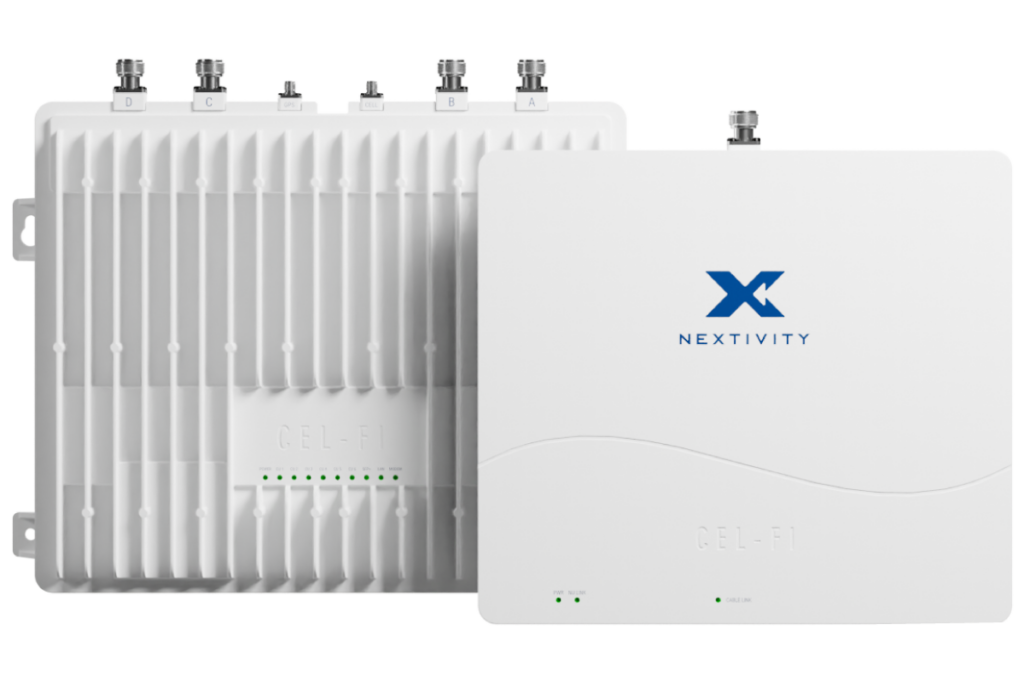
Nextivity initially tested various Cat 6 and Cat 6A cables from leading manufacturers to identify those meeting PoE and 1000BASE-T requirements for Nextivity systems at lengths under 200 meters. Using a QUATRA Network Unit (NU) and Coverage Unit (CU) connected via test cables at room temperature, the team assessed system power and link stability, ensuring proper operation without repeated link resets. Extensive testing of many cables and connectors helped uncover performance variations and their underlying causes.
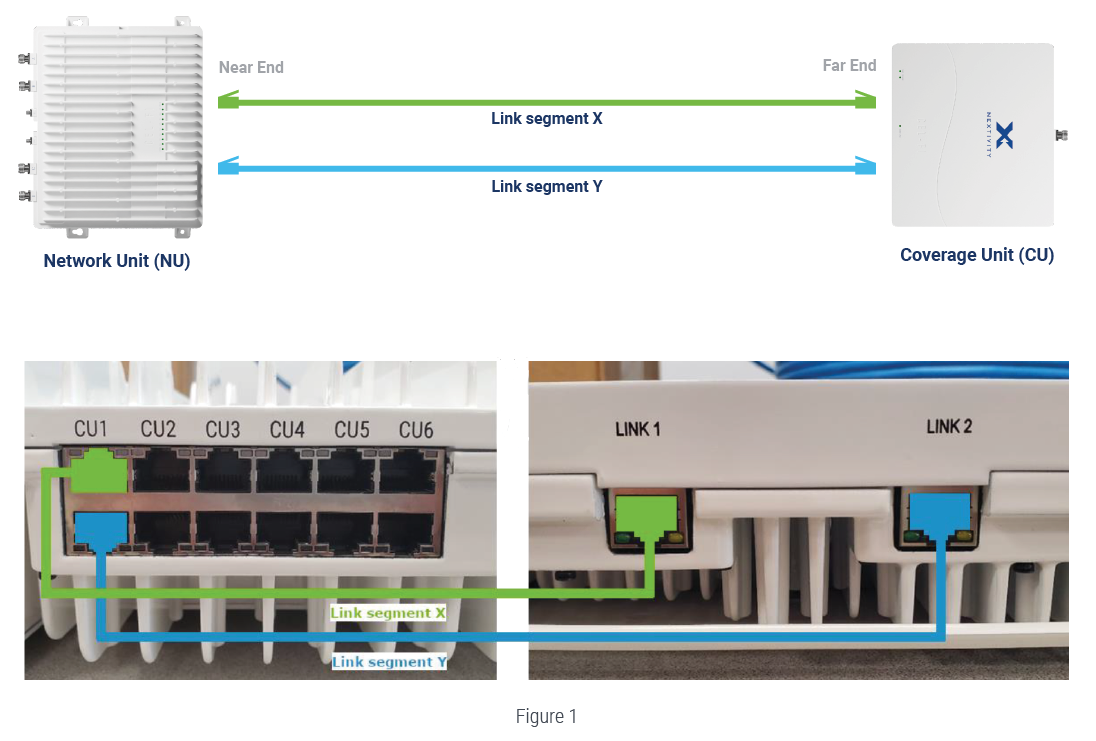
Background: The Telecommunications Industry Association (TIA) TIA-568 standard specifies the electrical and performance properties of structured cables. Each cable manufacturer can design their cables in any way they choose, as long as they ultimately comply with the TIA-568 standard. There are many observable differences in cable designs: wire type, copper purity, insulation, shielding, materials used and their electrical properties, twists per inch per wire pair, conductor separator techniques, and cable geometries, to name a few.
Some cable manufacturers have big claims on extended distances, but without achieving TIA compliance at these distances. To be thorough and offer data to substantiate the claims, Nextivity collaborated with Leviton – adding their test expertise and capabilities to our own. Extensive lab testing on both sides involved test parameters including, but not limited to:
Leviton expanded on testing to evaluate the ability of three ATLAS-X1™ SST system extended length channels to support the Nextivity CEL-FI QUATRA system. This QUATRA system uses a proprietary form of gigabit data transmission, which closely resembles 1000BASE-T. As such, the ability of the channels under test to support the CEL-FI QUATRA system can be approximated by their ability to support 1000BASE-T transmission and power the CU. Testing also included performance across elevated temperatures.


Fifteen total samples of the 150-meter ATLAS-X1™ SST system channel, shown in Figure 2 below, were constructed. Five of the 150-meter samples used SST CMR as the horizontal cable segment, five others used SST Cca as the horizontal cable segment, and the remaining five used SST Outdoor as the horizontal cable segment (as listed in Table 1).
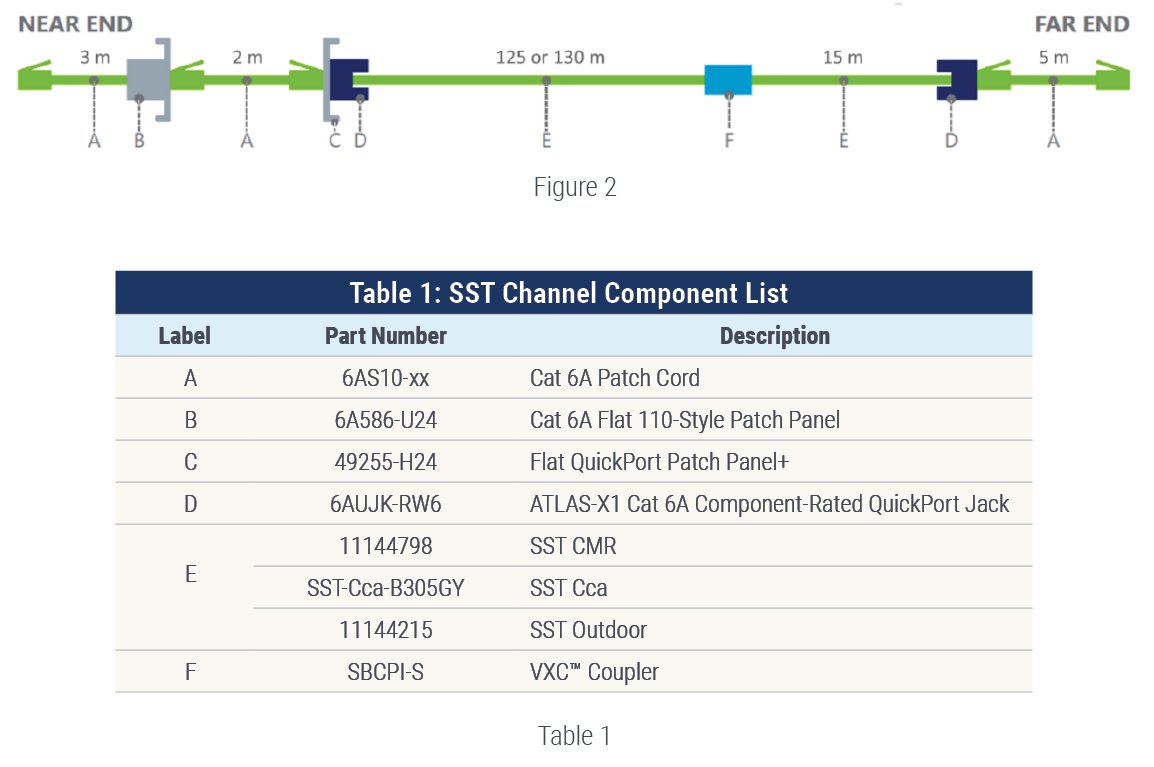
Two tests were performed on the samples. First, each 150-meter sample was evaluated for its ability to power the CU at 60 °C. Second, each 150-meter sample was evaluated for its ability to transmit gigabit data at cycling elevated temperatures in order to assess the robustness of the gigabit link at 150 meters. During each test, the samples were loaded into an ESPEC EPX-2H environmental chamber.
Each 150-meter channel’s ability to power the CU was evaluated by using a combination of samples for Link segment X and Link segment Y (as diagrammed in Figure 1) and measuring how long it took to achieve a stable connection. For example, when sample #1 of the SST CMR channel was used for Link segment X, samples #2 – #5 were used for Link segment Y. And when sample #2 was used for Link segment X, samples #1, #3, #4, and #5 were used for Link segment Y.
Further gigabit (i.e., 1000BASE-T) transmission testing was evaluated by performing an 8-hour FER test on each 150-meter sample with different pairs of active equipment. Each sample formed a link between two of the network switches listed in Table 2. Both switches were connected to gigabit ports on an Ixia Novus-NP10/1GE16DP traffic generator (within an XGS2 chassis) with Cat 6A patch cords as shown in Figure 3. The switches were configured such that data could be transmitted bidirectionally between the two Ixia ports via the samples under test.
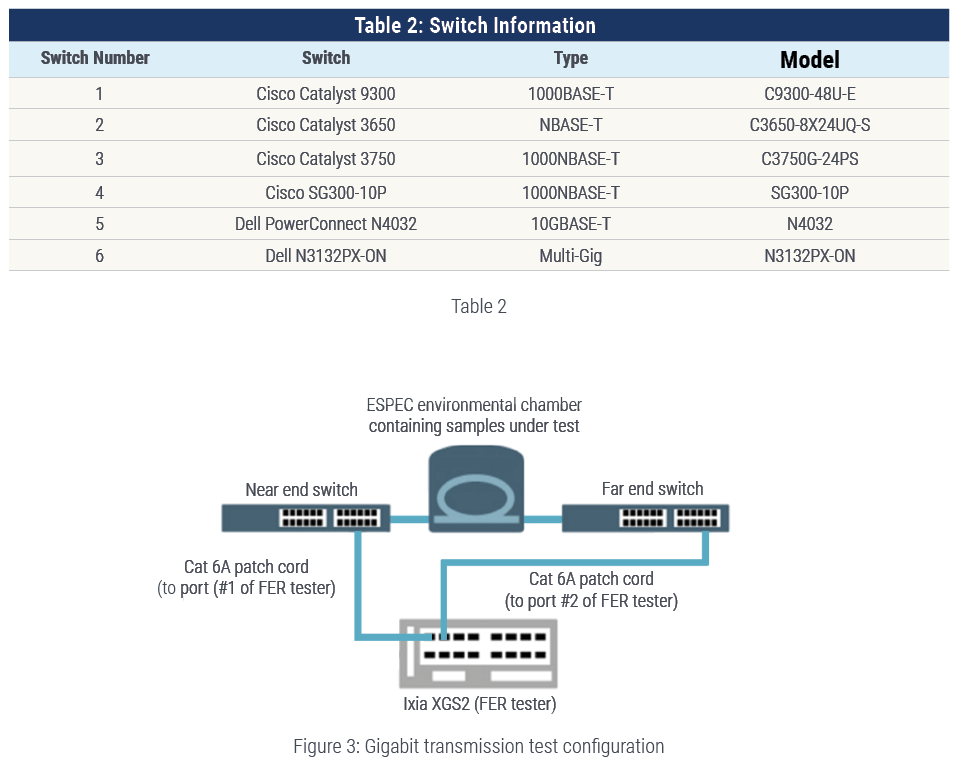
For the test, the environmental chamber was programmed to oscillate between 30 and 60 °C as shown in Figure 4.

Gigabit traffic was transmitted throughout the duration of the test. Characteristics were chosen to create reasonable worst-case traffic that can stress network switches. The pass/fail criterion was met if a gigabit connection could be maintained for the entirety of the 8-hour test.
Table 3 shows a summary example of the 8-hour temperature cycle test results for the SST channels at 150 meters. All fifteen samples were able to meet the Nextivity FER requirement for extended distance transmission.

All samples were able to support 1000BASE-T transmission, which is a stricter standard than the QUATRA system, and establish a link within the CEL-FI QUATRA system at a length of 150 meters with the equipment present during testing when the ambient temperature was either 30 or 60 °C and when cycled between 30 and 60 °C, which is considered a stricter standard than static temperature. Therefore, it can be concluded that ATLAS-X1™ category 6A channels with SST CMR, SST Cca, or SST Outdoor cabling, as described above, are suitable to be warranted at lengths up to 150 meters.
Leviton testing confirmed that SST CMR, Cca, and Outdoor cables met warranty requirements up to 150 meters. To determine the maximum practical cable length in a typical building environment, Nextivity conducted one additional test: Common pass-through crimp-on RJ45 connectors were used, without terminal blocks and patch cord, and performance was maintained even beyond the guaranteed length.
All tested SST cables performed well above 150 meters and quickly established stable NU-CU links, adding additional margin confidence well above distance desired under typical in-building conditions.
Nextivity systems that use structured cabling automatically run cable length measurements for diagnostic purposes and report back to the Network Management System (NMS). Below in Figure 5 are some examples of sites that successfully utilize longer cables to reach end-of-line Coverage Units.
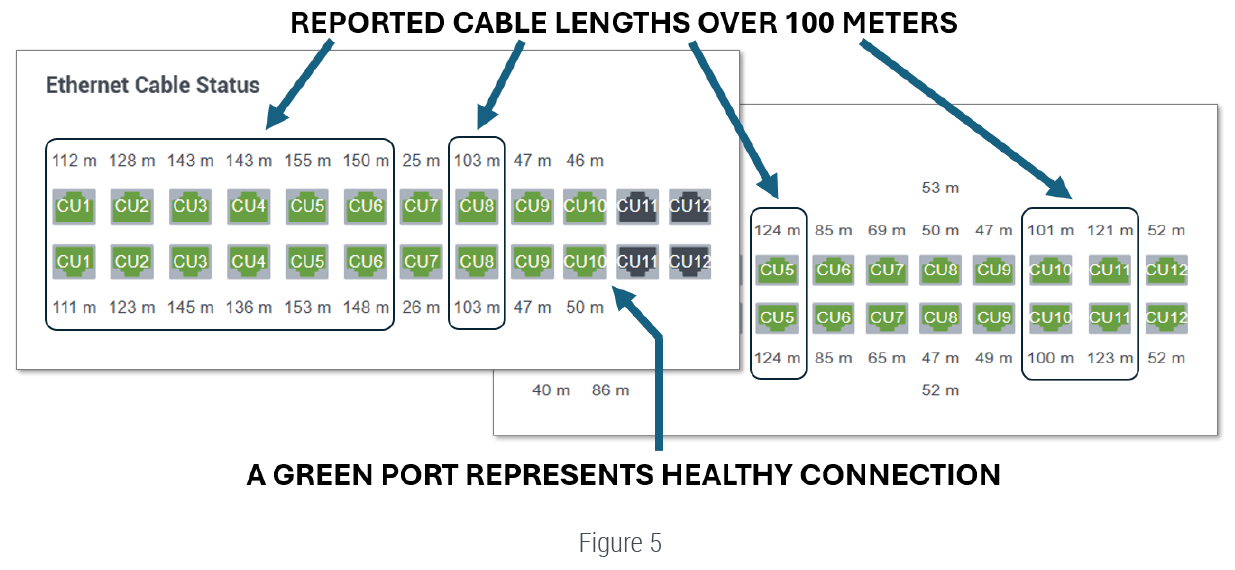
At the beginning of a system installation, installers don’t always know the exact length of cable that may be needed to reach distant hardware components. Knowing that the cable can handle extended distances without issue can save a great deal of time and cost without the need for last minute replanning and rework. Some structured cable manufacturers claim extended category cable distances beyond 100 meters but lack TIA compliance. To address this, Nextivity partnered with Leviton on an engineering study to qualify a suitable cable architecture that would maintain TIA compliance when supporting cable lengths up to 150 meters for Nextivity and similar networked systems.
The study found that the primary limiting factor on cable length was due to the signal delay differential across the four wire pairs in the category cables, each with varying twists per inch, leading to differences in signal propagation speeds. If these timing differences exceed the connected device’s delay spread tolerance, transmission fails. Leviton SST Cat 6A cables minimize pair differential, maintained TIA compliance, and ensured reliable data integrity over extended distances, safely allowing a 150-meter warranty.
Key Benefits:
For more information, or to become a Nextivity or Leviton Certified Installer, contact a Nextivity or Leviton rep using the links below: